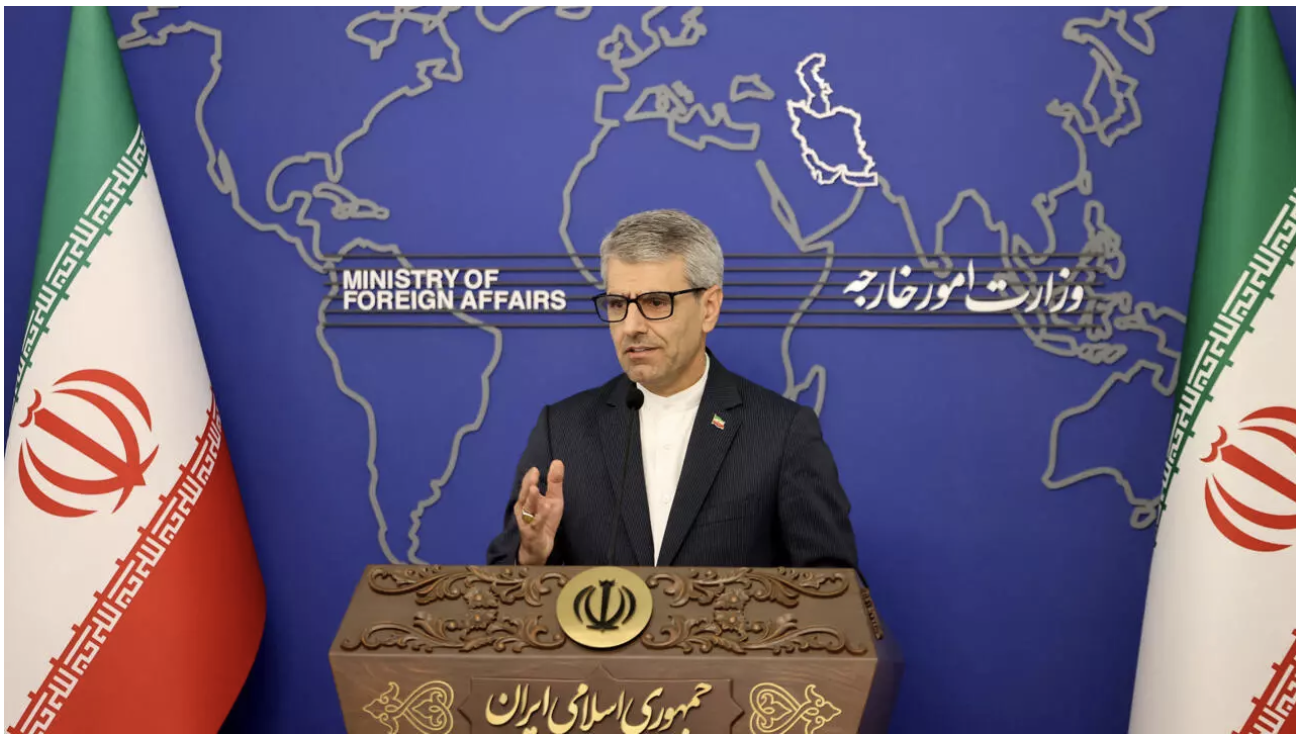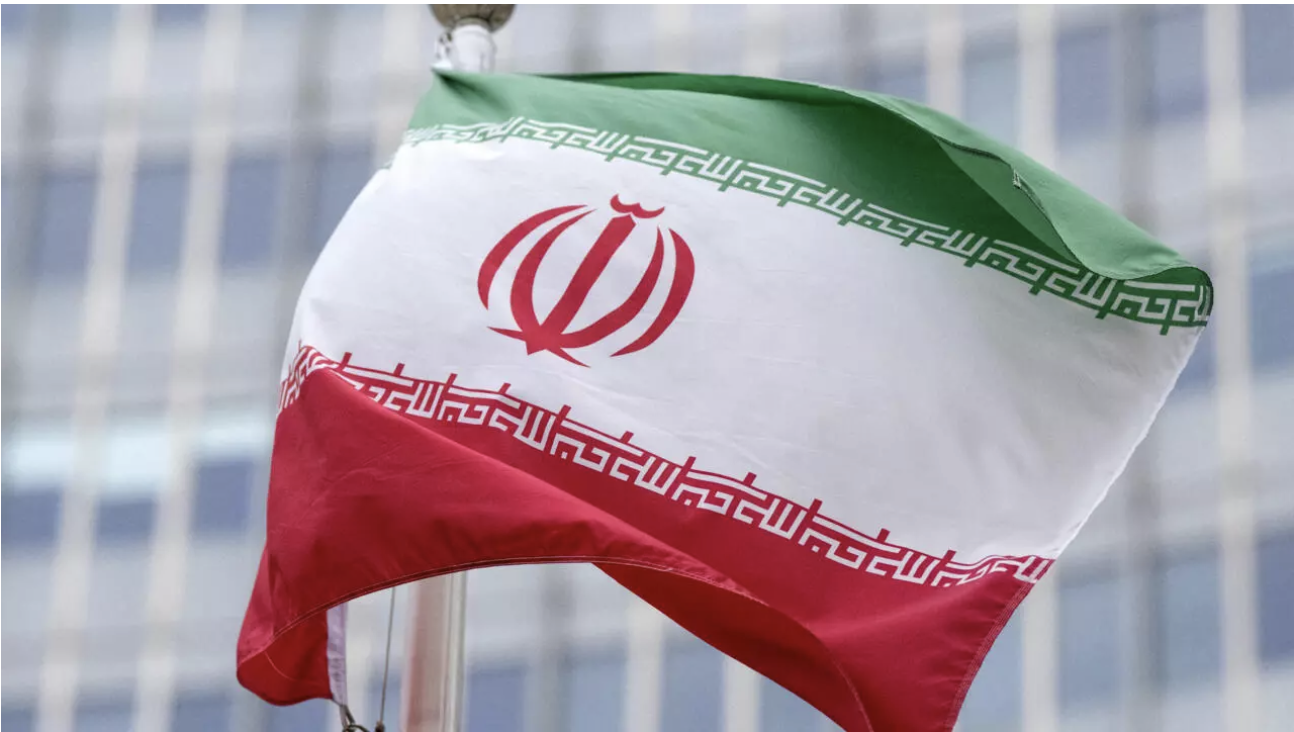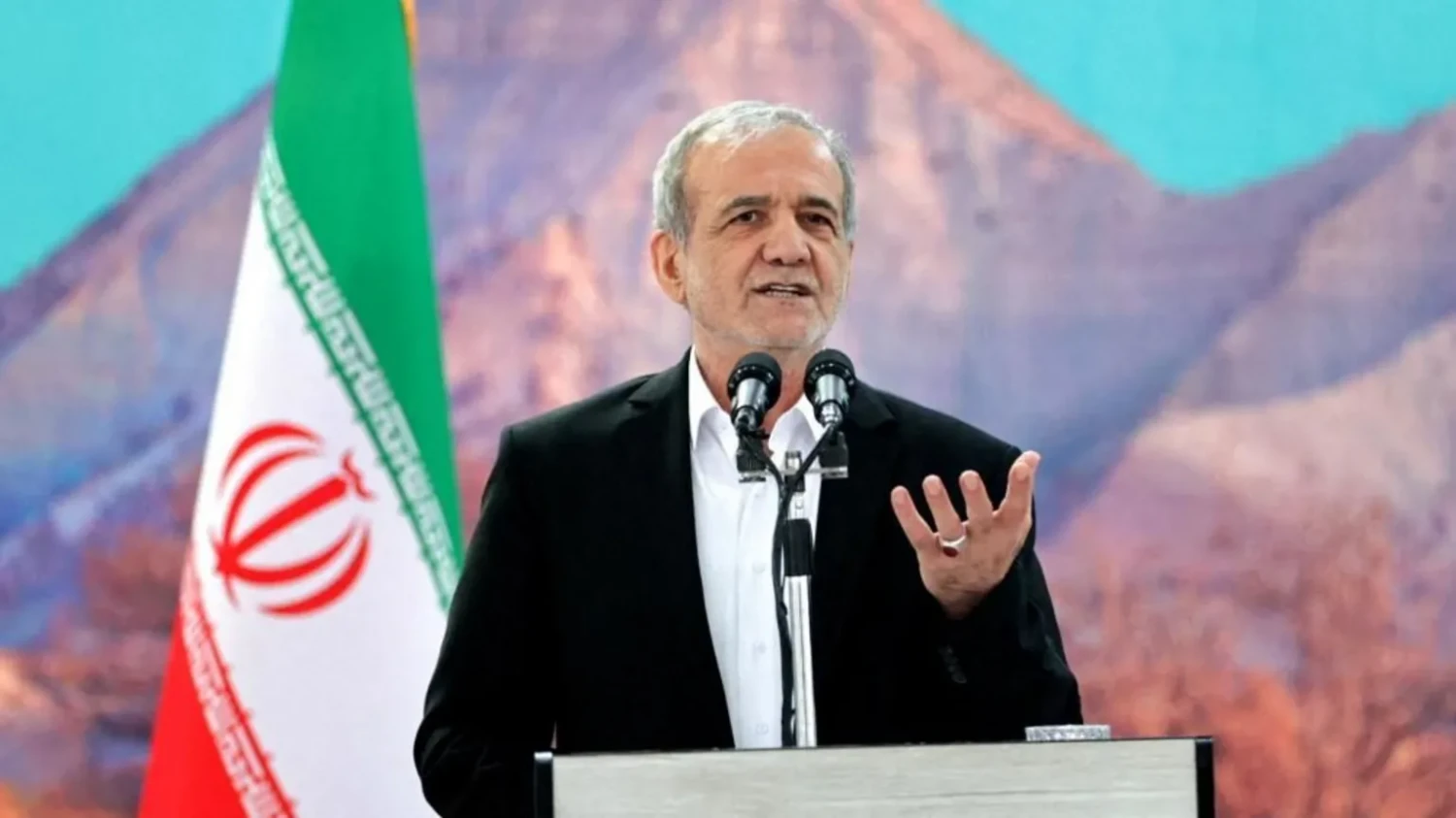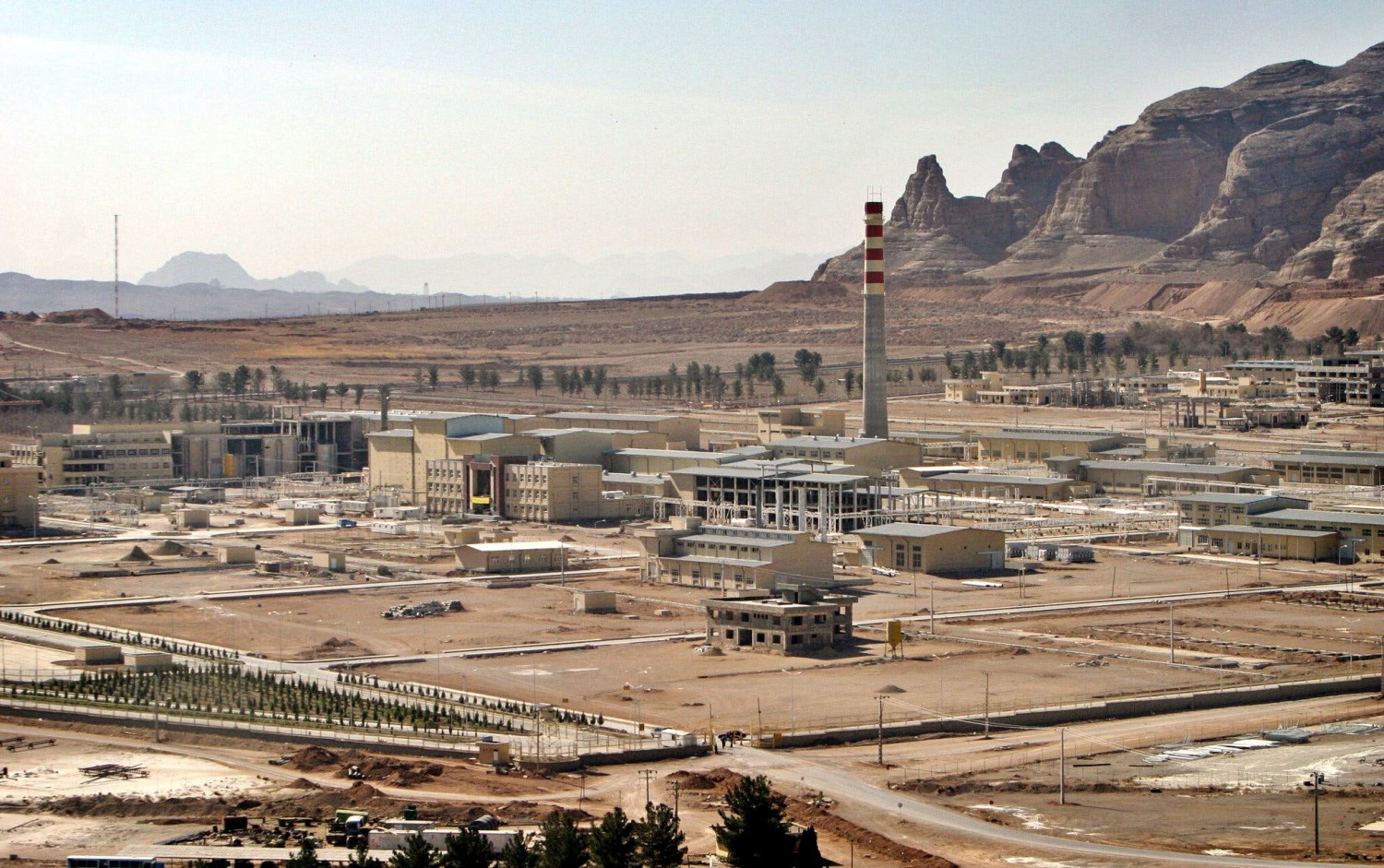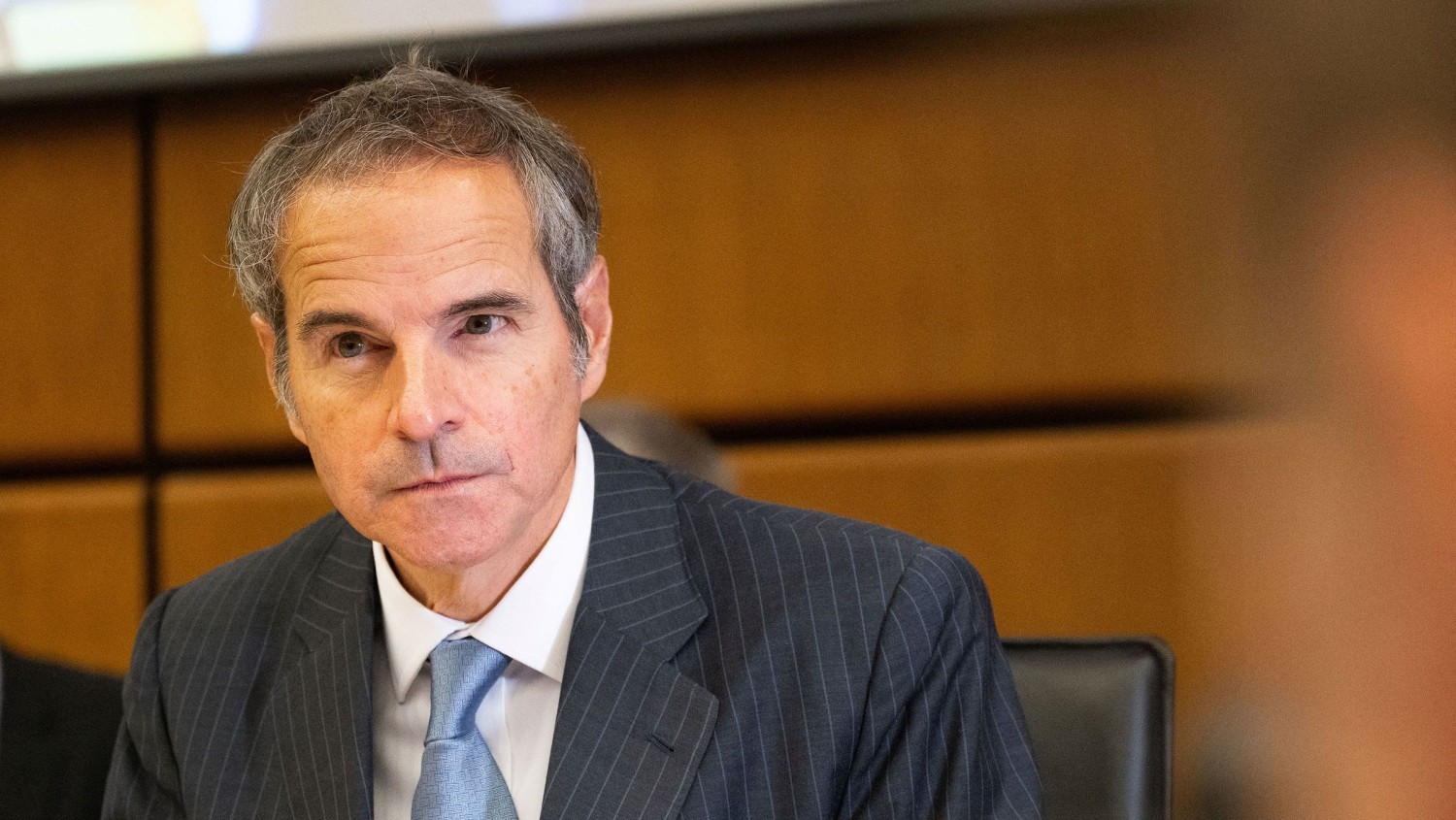
This article is more than
5 year oldCoronavirus: Why experts say Iran could be lying about its COVID-19 outbreak
More than 8000 people have now been infected with the coronavirus in Iran and nearly 300 people have died, according to the country’s health ministry.
That makes it one of the deadliest outbreaks outside China, just behind Italy where about 460 people have died.
Iran on Tuesday reported 54 new deaths from the novel coronavirus in the past 24 hours, the highest single-day toll since the start of the country’s outbreak.
The latest deaths bring the number of those killed by the virus in the Islamic republic to 291, the health ministry’s spokesman Kianoush Jahanpour said in a televised conference.
He added that 881 new cases had been confirmed, bringing the total number of people infected to an official 8,042.
In addition to the new deaths, 44 people have died from methanol poisoning.
The highest poisoning toll struck in the southwestern province of Khuzestan.
The deaths have been blamed on rumours that drinking alcohol could help cure or protect from the disease.
The false rumour has circulated throughout the country in recent days. Drinking alcohol is prohibited in the country.
Some Iranian citizens drank alcohol that substituted toxic methanol for ethanol, according to Iran Health Ministry official Ali Ehsanpour.
If ingested in large quantities, methanol can cause blindness, liver damage and death.
Seven bootleggers have been arrested in the country.

UNDER REPORTING
Experts fear Iran may be under-reporting its cases and potentially tens of thousands more have been affected. One journalist has suggested the number of cases could actually range from between 500,000 to several million.
So here’s what we know about the outbreak so far.

WHAT’S THE LATEST FROM IRAN?
On Tuesday night, Iran’s health ministry announced at least 8,040 people had been infected with the COVID-19 virus and 291 people had died.
Around 30 Iranian officials are among those infected and several have died, according to media reports.
The infected include Masoumeh Ebtekar, one of Iran’s 11 vice-presidents, and the deputy health minister, Iraj Harirchi. The dead include a senior adviser to Iran’s supreme leader, Ayatollah Ali Khamenei, a politician, a high-ranking cleric, and diplomats.
All of Iran’s 31 provinces have been hit by the virus, with the most cases in Tehran, followed by the Shiite pilgrimage city of Qom, and Mazandaran, a popular tourist spot in the north.
Schools and universities have been shut down across the country and the public is being urged to stay at home.
Some hotels have also been closed in an effort discourage travel, though the government is yet to officially impose quarantines.
READ MORE: Follow the latest coronavirus updates
RELATED: Iranian vice-president infected with virus


WHY DO EXPERTS SAY THE NUMBERS COULD BE HIGHER?
Experts believe Iran may have initially lied about its number of cases and downplayed the severity of its outbreak to avoid impacting turnout at its recent parliamentary elections on February 21.
Some Iranian officials, for example, accused enemies such as the United States of exaggerating the risks in an attempt to keep voters away from the polls.
“The trust in the government was low after its brutal suppression of the protests in November and its cover-up of the accidental shooting-down of a Ukrainian jetliner in the aftermath of general Qassem Soleimani’s assassination,” Iranian health-policy experts Kamiar Alaei and Arash Alaei explained in a piece for the New York Timeslast week.
“A high turnout in the elections would help improve the legitimacy of the government. Tehran seems to have suppressed information about the coronavirus because it did not want participation in the elections to be affected.”

HOW HIGH COULD THE NUMBERS BE?
Estimates vary, but Canadian researchers say the total number of infected could be in the hundreds of thousands considering how many cases it has exported across the world despite limited air travel links to other countries.
A journalist for The Atlantic has also suggested it could be in the millions after considering multiple different scenarios.
In one of the more modest scenarios, Graeme Wood explained: “A government website invited Iranians to submit details of symptoms they were experiencing. After 2 million responses, about 9 per cent reported COVID-19 symptoms.
“In the United States, among those whose symptoms and history have led them to be tested for COVID-19, about 10 per cent have eventually tested positive. If that rate holds, Iran would have 730,000 cases.”


WHAT HAS THE WHO SAID?
The World Health Organisation (WHO) sent a team of experts to Iran last week to help review and boost the country’s response efforts.
On Sunday, the organisation’s director of emergency operations, Richard Brennan, said he was impressed by what he’d seen.
“Very impressed by the dedication and hard work of the doctors and nurses and health workers here in Qom. The people of Qom should be very proud of their health workers,” he said, wearing a face mask.
“I think we’ve seen very good care of the patients in hospital. We’ve seen good efforts at educating the population.”
